9 of the best things to do in the Dominican Republic
Beautiful towns, picture-perfect coastlines and amazing natural sights await you on this Caribbean island
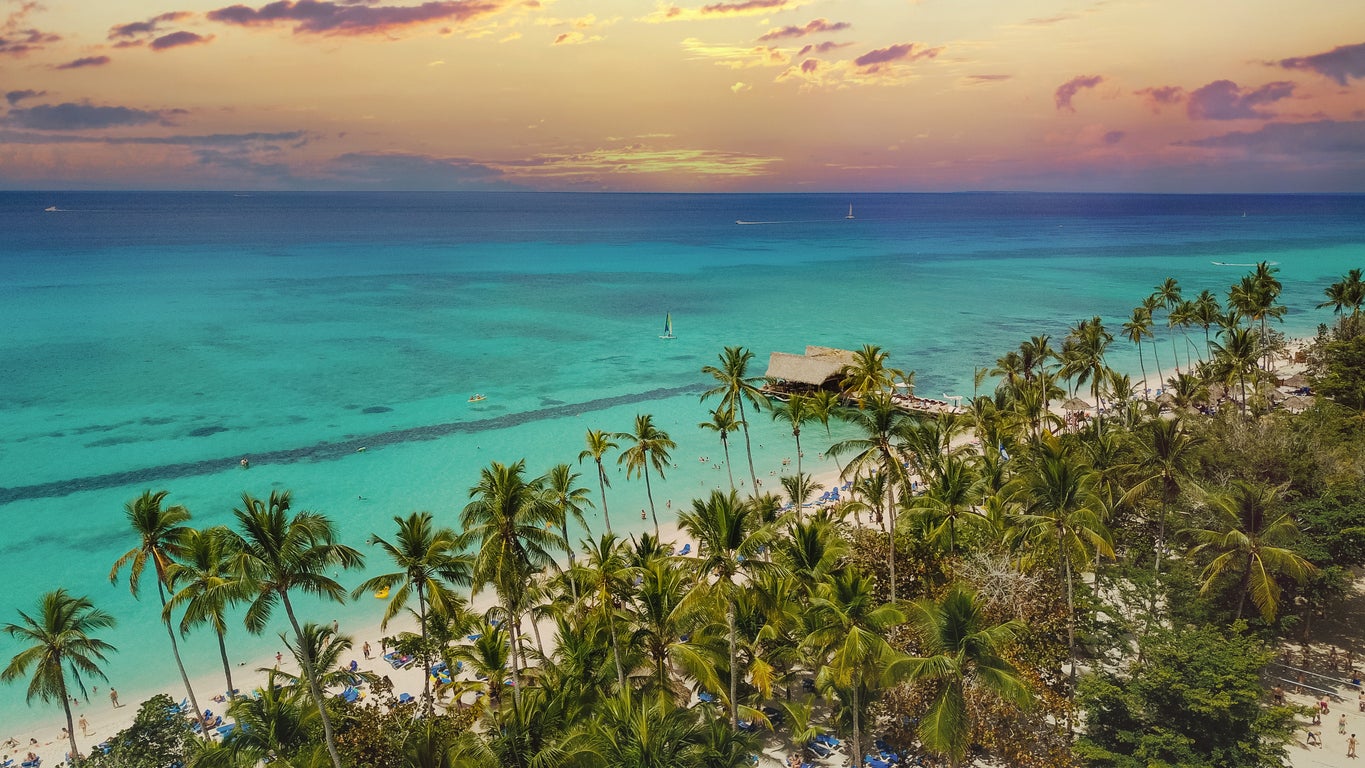
Just the thought of the Caribbean conjures up images of impressive hotels, pristine beaches, characterful towns and a blissfully laid-back lifestyle.
But even in a region so blessed with seemingly ideal holiday destinations, the Dominican Republic stands out for its vibrant towns, beaches with bone-white sands lapped by crystalline waters and a plethora of delightful natural sights.
Add to this a distinctly Latin twist – from the local cuisine to the booming merengue music – and you have a true slice of South America in the Caribbean.
And the Dominican Republic offers far more than just a fly-and-flop holiday. Away from the beaches and paradise-like islands, towns like Punta Cana provide the rowdy parties, while the capital hosts the island’s cultural and historical highlights.
Inland, there’s a plethora of natural landmarks, from national parks to vast lakes, adding to the Dominican Republic’s long list of things that holidaymakers shouldn’t miss. Below, we’ve compiled a selection of some of the best.
Visit the capital
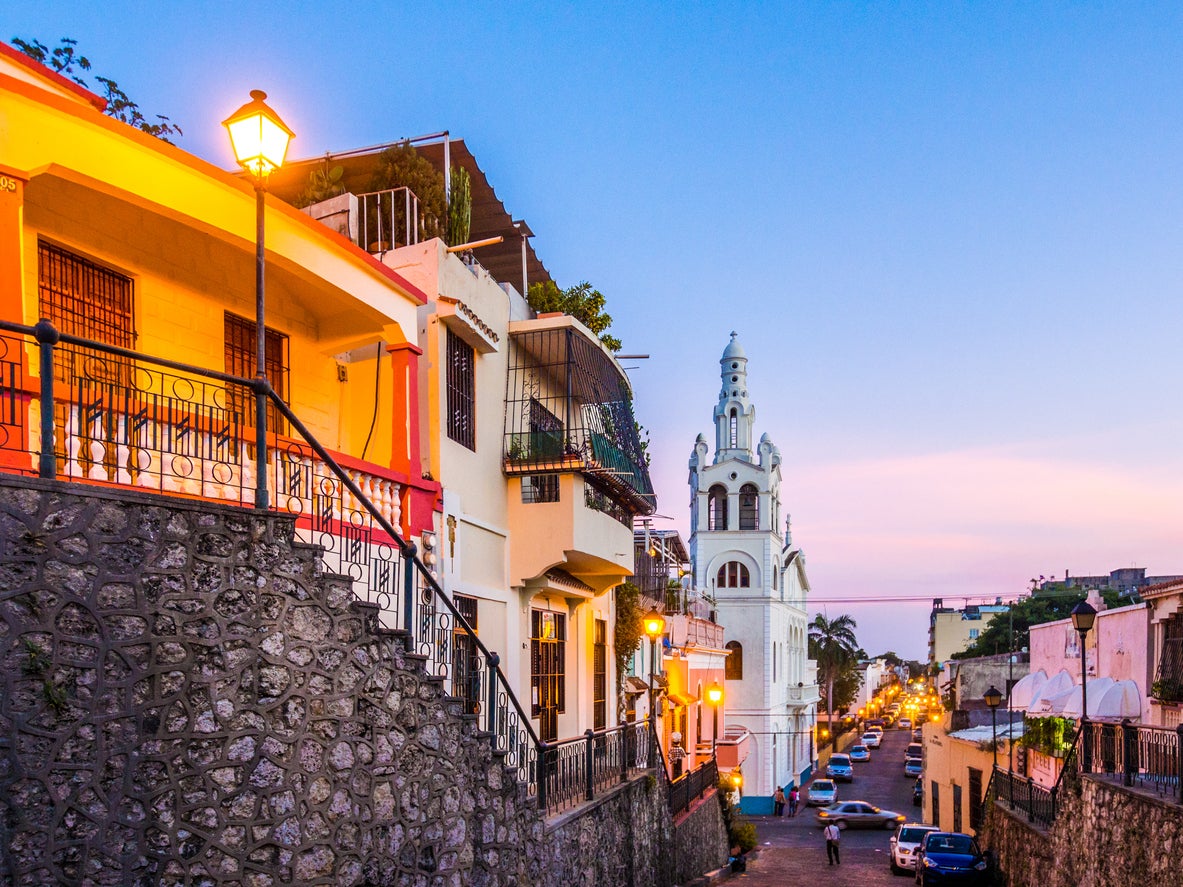
Like many Latin and Caribbean capitals, Santo Domingo is a city whose character has been shaped by strong traditions, years of colonialism and a slew of post-independence development. Its cobblestone streets are brimming with heritage sites, bars and a range of dining options, with modern-day Dominicans enjoying everything from rowdy nightlife – mainly concentrated in the Malecon beachfront area – to baseball matches between the city’stwo main teams.
As one of the first cities in the so-called New World, Santo Domingo has buildings dating back to the era of Columbus’ arrival on the island of Hispaniola. In the Zona Colonial, 15th-century landmarks include the Columbus Alcazar – once home to the explorer’s son, Diego – the Ozama Fortress and Primada Cathedral. Nowadays, the area is a popular spot for a walk in the park, cafe- or bar-hopping and enjoying weekend musical performances in the lively Plaza Espana.
Read more on Central America and Caribbean travel:
Go whale watching
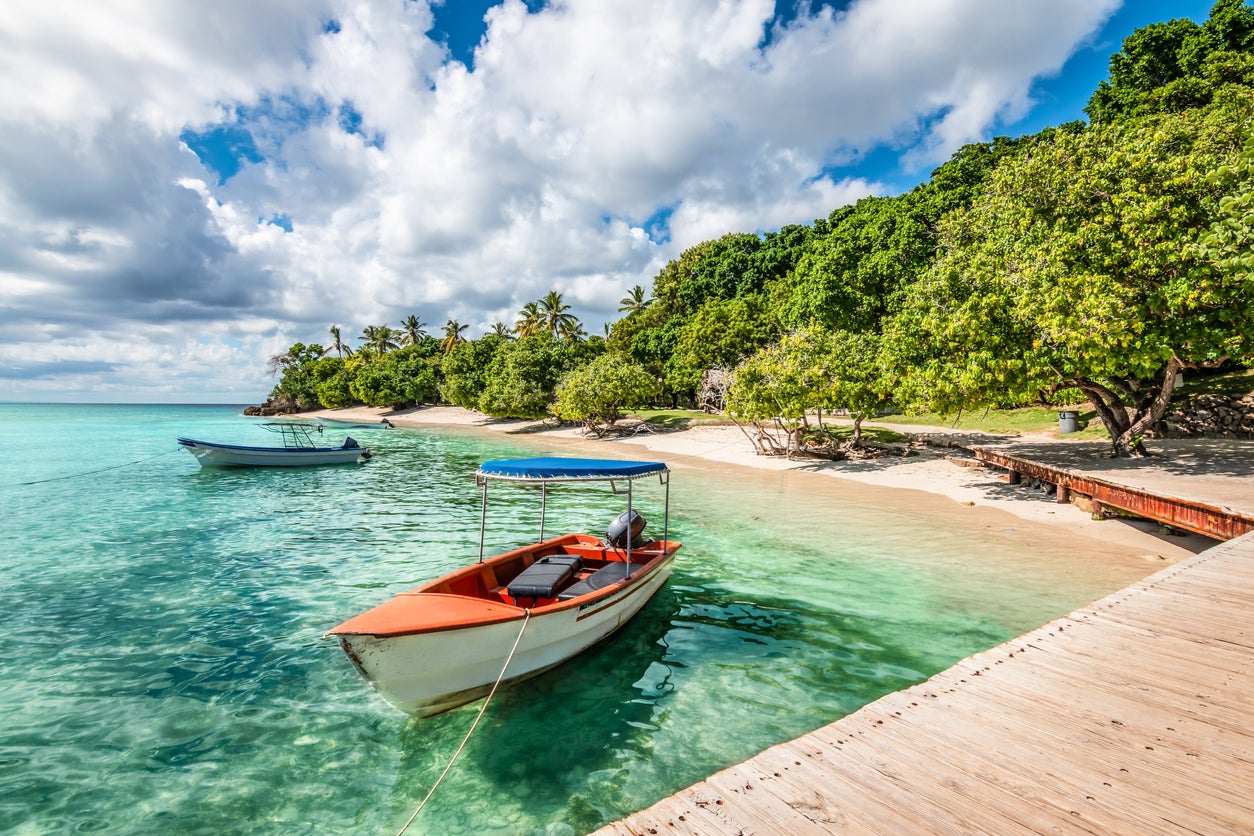
Samana Bay, located on the northeastern coast of the country, is an excellent place for whale watching in winter, as hordes of humpback whales choose these warm waters to mate and give birth in between January and March. If the bay wasn’t picturesque enough already, a short boat trip will take you almost within touching distance, with some operators also offering snorkelling and diving alongside these magnificent creatures.
Live the high life in Punta Cana
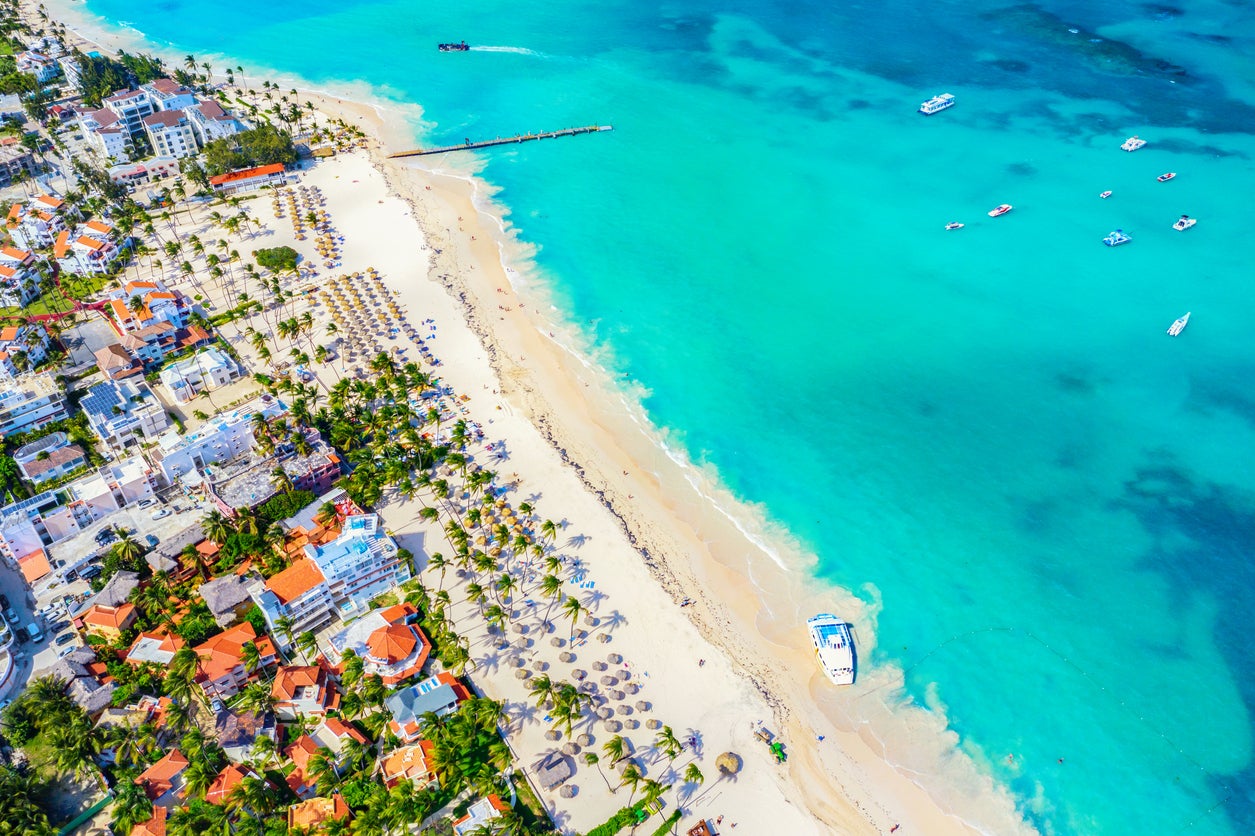
The island’s most famous resort town is the Dominican Republic’s answer to Cancun, and a hedonist’s dream destination. Though it may not be able to compete with its Mexican counterpart in terms of scale, this eastern town has a similar energy, from its high-end resorts and casinos to the white sands and turquoise waters of its beaches.
There are an abundance of daytime activities to try out, including scuba diving and day trips to nearby islands. Parties also start in the early evening on the shores and end in the early morning in town.
Swim in the ‘Blue Hole’
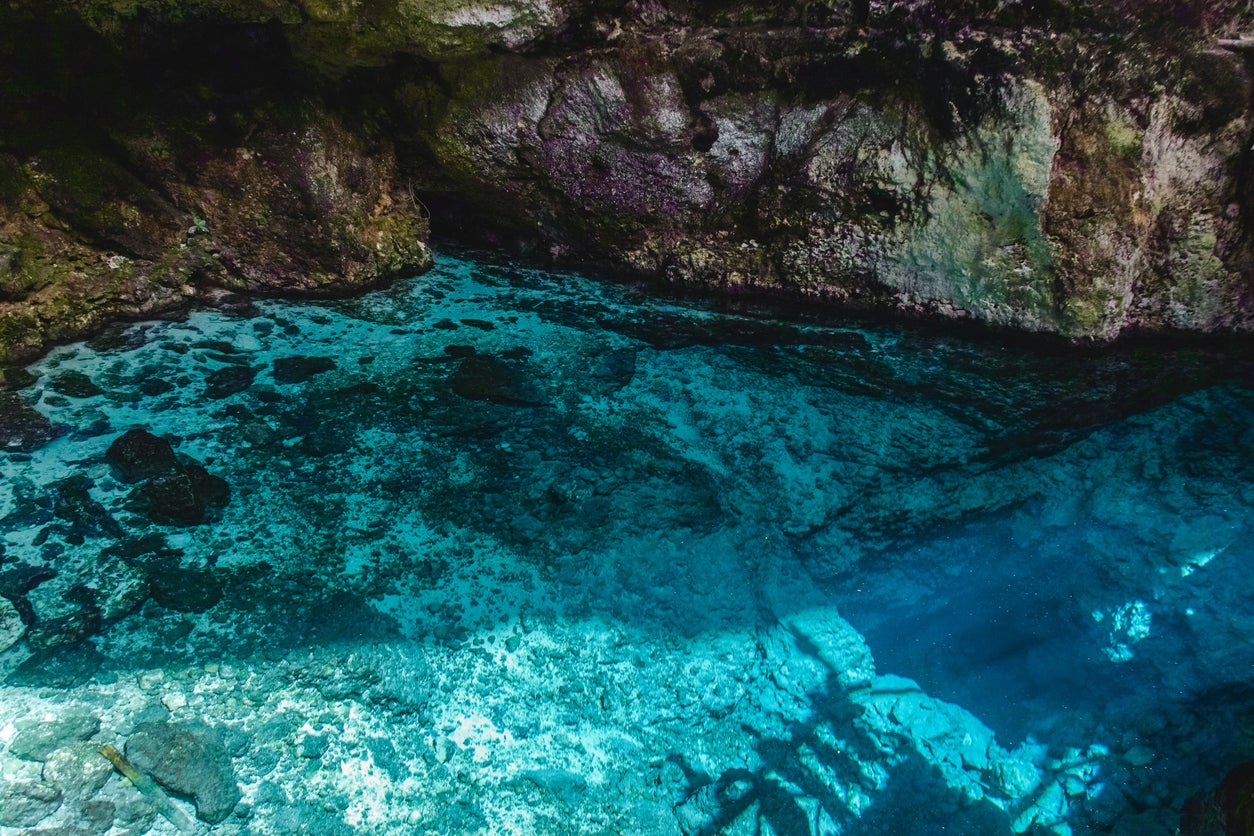
Known locally as the Hoyo Azul, this sinkhole (or cenote) was formed at the bottom of a 22-metre cave in the Cap Cana area, not far from Punta Cana. It is accessed via a short hike through the rainforest, with your reward being a relaxing swim in the strikingly blue, 14-metre deep waters.
See the wildlife at Lago Enriquillo
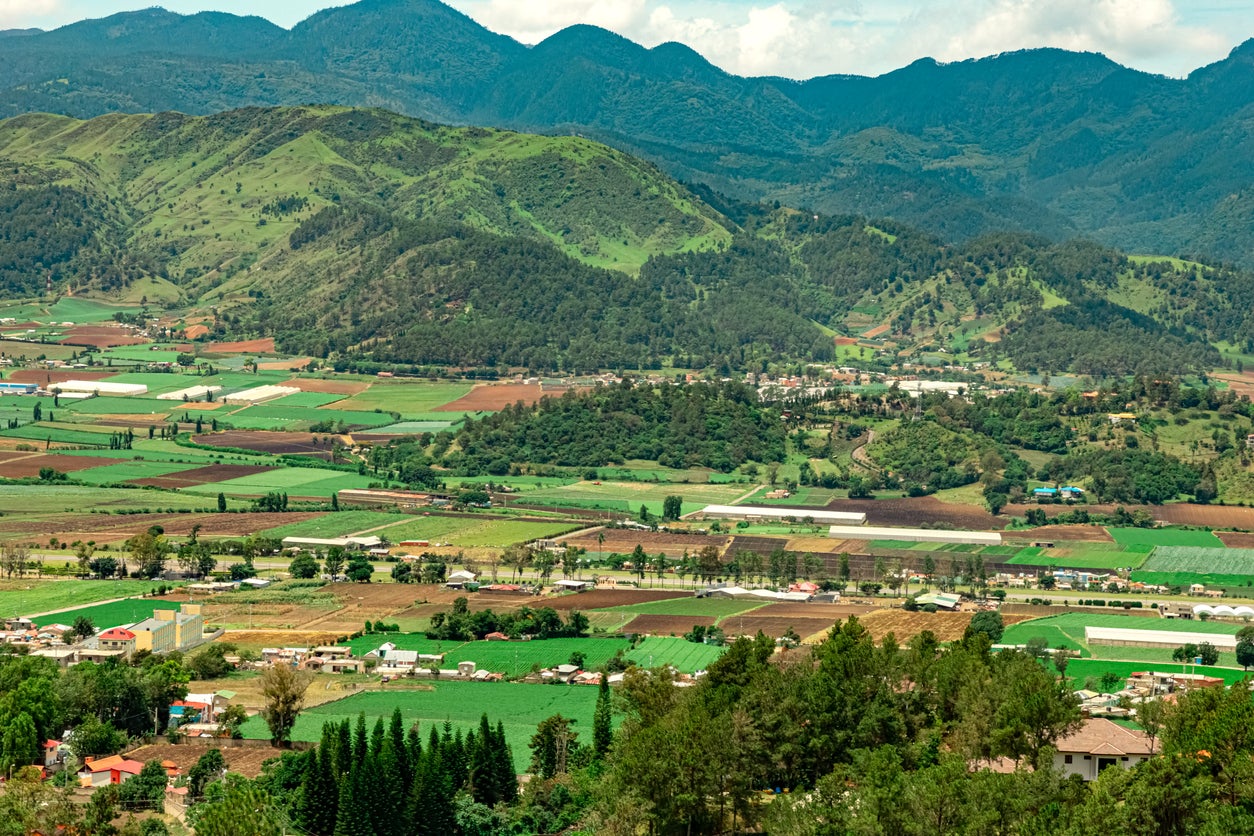
Lago Enriquillo is a popular place to visit due to its abundant wildlife, ranging from flamingos to crocodiles and endangered iguanas. The largest lake in the Caribbean, it sits close to the border with Haiti and is part of the Lago Enriquillo and Isla Cabritos National Park (named after the lake and the island at its centre). Boat trips and wildlife spotting is popular, but as average temperatures here are around 35C in summer, it is best to plan your visit accordingly.
Travel to Isla Saona

A visit to this idyllic island just off the southern coast is one of the most popular day trips for tourists, usually taken by catamaran on a journey lasting around 45 minutes each way.
Part of a nationally protected park, the island is the quintissential image of the Caribbean: fine white sand, gently swaying palm trees and impossibly blue waters. An array of beach shacks and resorts serve large lunches and cocktails in specially set up areas – with an atmosphere created by booming Hispanic music and dance tunes – while calm, shallow waters and pools are popular with swimmers, novice snorkellers and divers.
Hike the tallest mountain on the island
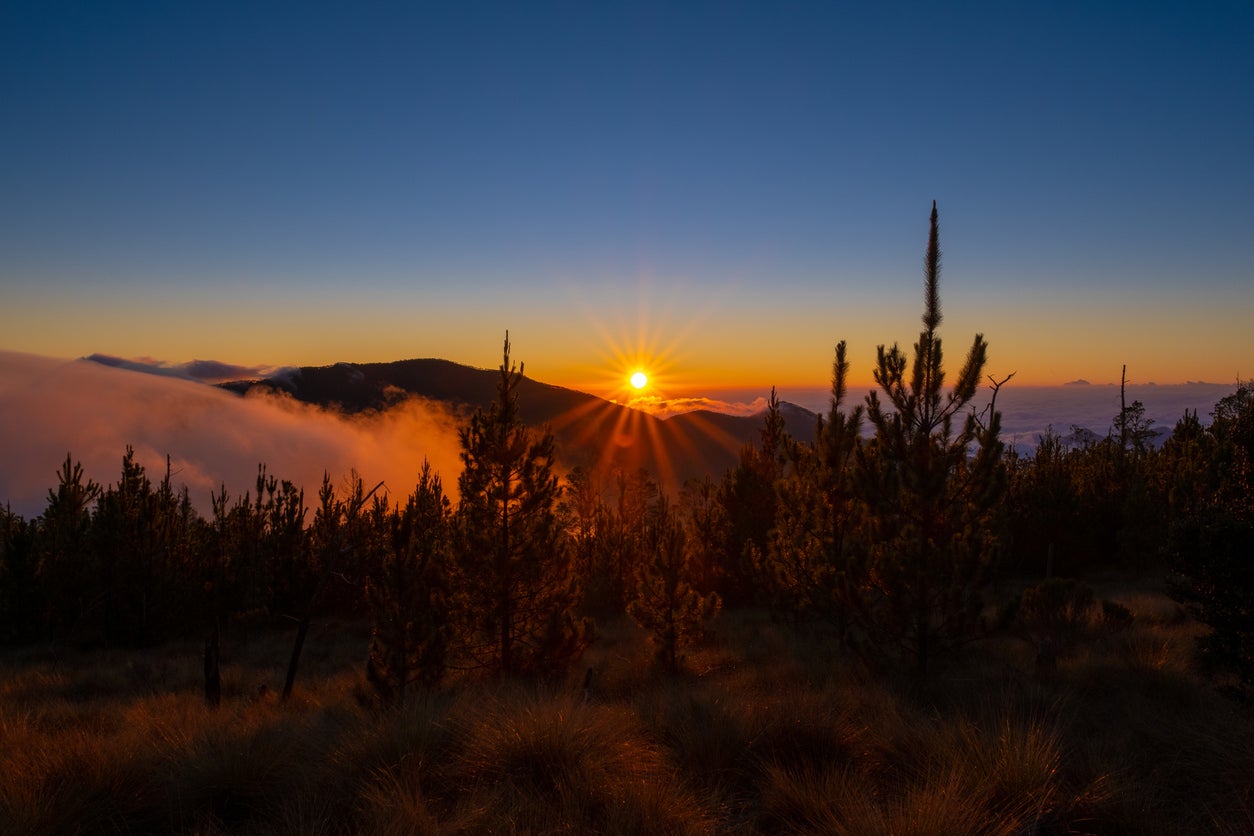
Pico Duarte, part of the Cordillera Central range, is the tallest mountain in Hispaniola and indeed the highest peak in the Caribbean. Standing at 3,101m, it can be summited over the course of three days with guided tours; the shortest route is the la Cienaga, which covers around 23km of hiking. Trails usually start in or near the town of Jarabacoa, which itself lies close to natural landmarks including waterfalls and three different rivers.
Explore Puerto Plata
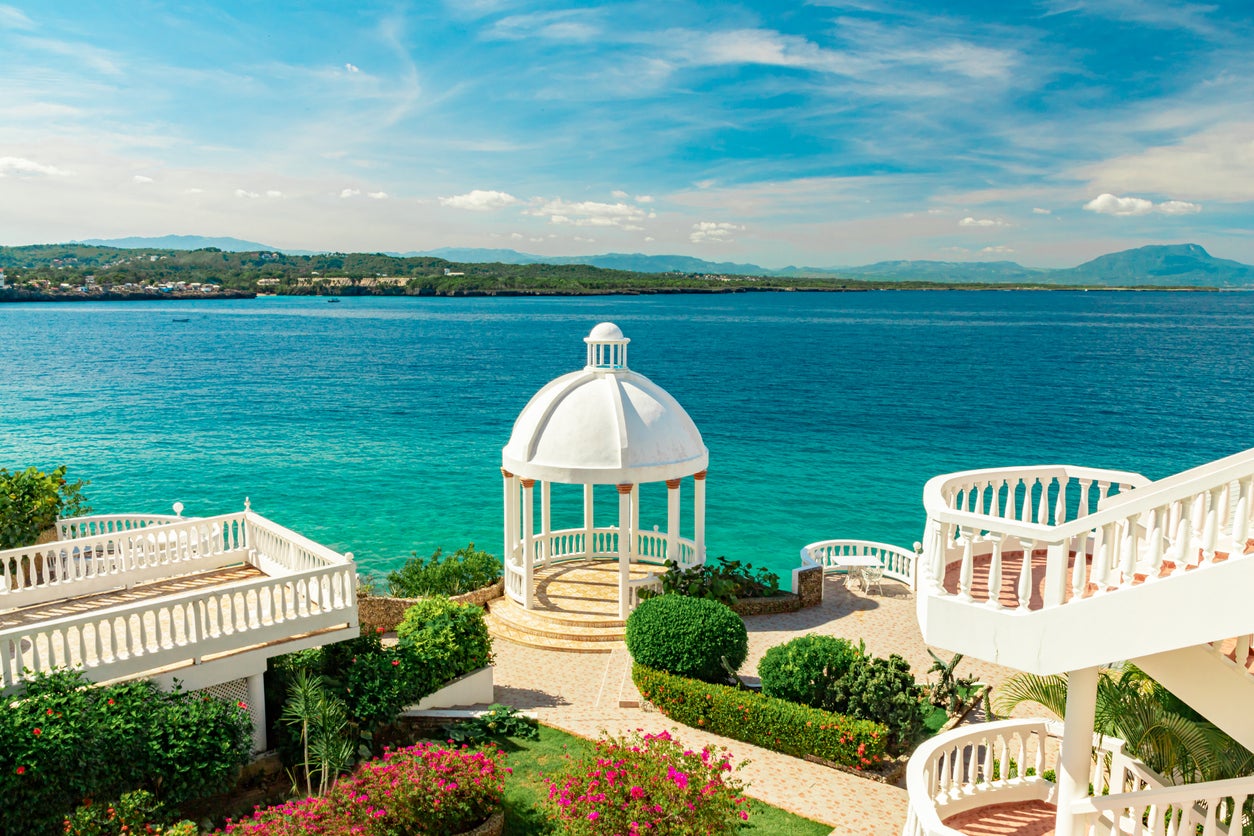
One of the less touristy cities on the island, Puerto Plata – located in the far north, looking out towards the Turks and Caicos Islands – is a typically Caribbean city, from its colourful colonial architecture to its air of tranquility and its striking nearby beaches, including Playa Dorada and Cofresi Beach.
Once done exploring the city’s architecture and the Independencia park, take the cable car – known locally as the teleferico – up to the top of Pico Isabel de Torres, a flat-topped mountain that is home to a botanical garden and a smaller, though still large, statue of Christ the Redeemer. If you have more time, take a short tour of the 27 Waterfalls of Damajagua, an area of dramatic waterfalls and placid pools.
Try watersports in Cabarete

Cabarete sits on the northern coast of the country, surrounded by choppy waters that provide good year-round conditions for water sports including kite surfing, wind surfing, surfing and sailing. Self-styled as the ‘water sports capital of the world’, its waters rarely dip below 18C, with the best wind conditions between January-March and June to the end of September.
For surfers, Cabarete’s location on the Atlantic gives it a good year-round surf swell, with the best surfing conditions from September until the end of April. For those who aren’t as keen on water sports, just relaxing on a sun-drenched beach will be enough; Playa Encuentro, Playa Preciosa and Kite Beach are all within a short drive.
Read our reviews of the best winter sun hotels
Join our commenting forum
Join thought-provoking conversations, follow other Independent readers and see their replies
Comments
Bookmark popover
Removed from bookmarks